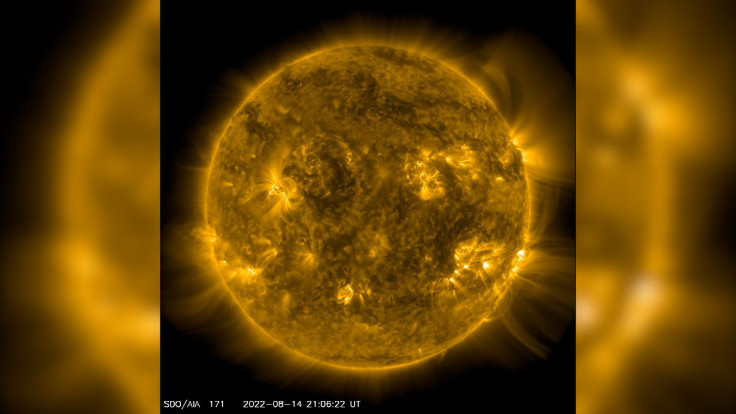NASA Mission Captures Sun's Mesmerizing 133-Day Journey [Watch]
KEY POINTS
- The SDO footage shows photos taken from August to December
- It features some active regions and solar flares
- SDO will continue to watch our Sun in the years to come: NASA
NASA has shared some stunning images of the Sun captured by its Solar Dynamics Observatory (SDO) and they are mesmerizing.
The SDO mission studies the solar atmosphere to help us better understand the Sun's influence on the Earth and near-Earth space. Launched back in 2010 from Cape Canaveral, it has since kept an "unblinking eye" on the Sun, NASA noted.
"From its orbit in space around Earth, SDO has steadily imaged the Sun in 4K x 4K resolution for nearly 13 years," the agency said.
NASA on Thursday shared a 133-timelapse of the photos, taken by the SDO from Aug. 12 to Dec. 22, 2022. One can see the gentle rotation of the Sun, which looks mesmerizing even with the rather imposing active regions and the intense, bright flashes marking the solar flares. Together with the mellow background music, the footage provides an almost hypnotizing view of our host star.
"Mellow out with lo-fi sounds, and soak up some virtual rays," NASA tweeted.
Mellow out with lo-fi sounds, and soak up some virtual rays. This video chronicles the Sun's activity from Aug. 12 to Dec. 22, 2022, as captured in 4K by our Solar Dynamics Observatory.
— NASA (@NASA) January 5, 2023
Click here for the full hour-long @NASASun experience: https://t.co/3sgQPWil7c pic.twitter.com/l6sWnzGh99
The full, near-hour-long video features a compilation of the images taken 108 seconds apart, NASA's Goddard Space Flight Center explained in a YouTube video. It essentially contracts months of solar footage to a 59-minute video.
One could see some parts of the footage suddenly turning dark. The agency explained it could be because the SDO missed those moments or the Earth/Moon passed between the spacecraft and the Sun, or because the instruments were down. They could also be data errors. The off-center shots possibly appeared when the SDO was calibrating its instruments.
"SDO and other NASA missions will continue to watch our Sun in the years to come, providing further insights about our place in space and information to keep our astronauts and assets safe," the agency said.
While the SDO is keeping track of the Sun from space, people here on Earth can monitor the star, as well as other objects and bodies in the solar system, using NASA's Eyes on the Solar System tool.

© Copyright IBTimes 2025. All rights reserved.






















